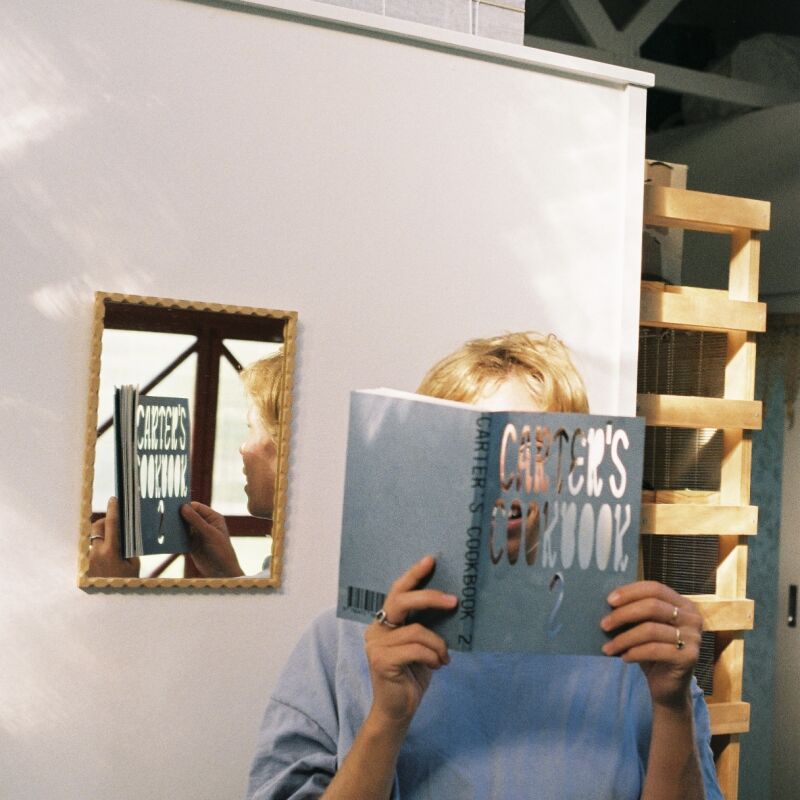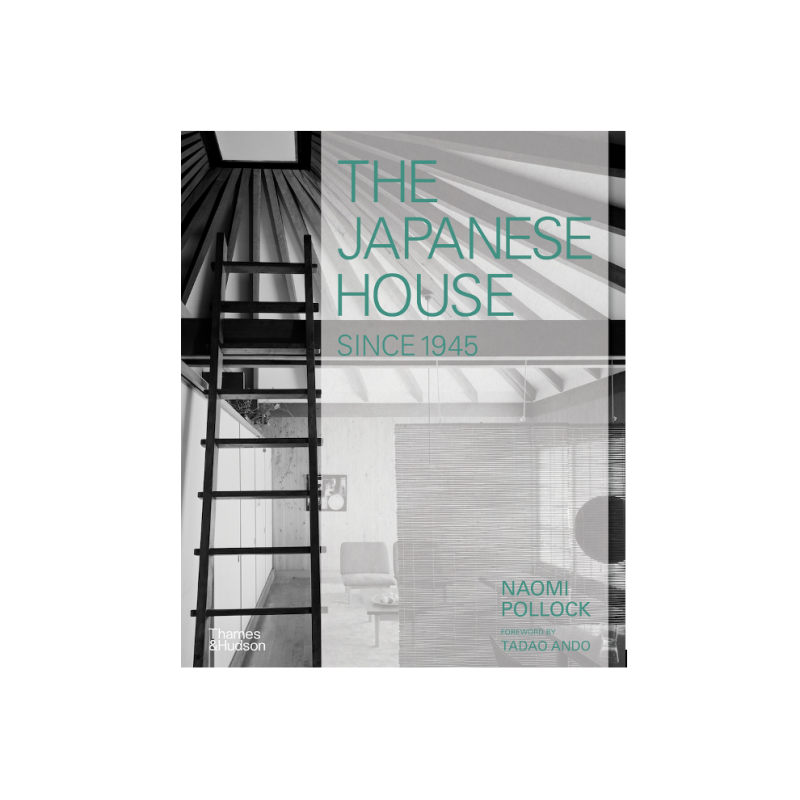When it comes to effortlessly chic style, we’ve looked often, over the past several years, to Ajiri Aki.
It all started with our first post, five years ago, on Madame de la Maison, Ajiri’s shop filled with the French antiquities she sources at marchés aux puces (see Vintage French Style You Can Rent); since then, she’s weighed in on everything from throwing a dinner party for two to her own design influence as a Nigerian-born, Texas-raised alum of the NYC fashion world now living and raising kids in Paris.
So we were thrilled to see that Ajiri’s compiled what she’s learned about French living into a book: Joie: A Parisian’s Guide to Celebrating the Good Life, just out from Clarkson Potter. Here are 10 tips gleaned from the book on creating a home, entertaining, finding a uniform, and everything in between.
Photograph by Jessica Antola, courtesy of Clarkson Potter.

On simplicity (and shower curtains): “A fellow expat once used a fascinating analogy to point out how Americans and the French approach presentation differently. In the United States, she said, we usually have two shower curtains: one that actually protects us and one we show to the world. In France, buying one shower curtain—that is both ‘proper’ and practical and that can be maintained for years—is standard. I think we can apply this to beauty, too. Less is, indeed, more.”
On reclaiming the lunch hour: “It wasn’t until I moved to France that I realized the importance of the lunch break—le pause déjeuner. And, in fact, this sacred midday break has changed the rhythm of my days. … French workers either go out to a brasserie or restaurant and enjoy two to three courses at lunch, or they grab takeaway and return to the office to sit at a grand table, where they eat all together, never alone at their desks. And there is zero talk of work. … Anyone who brings up work gets immediately shushed with Oh, no no no! C’est la pause.” Reclaim lunchtime by enjoying a meal on a park bench, by a window, or somewhere that’s not your desk (perhaps even without your phone).
On crisp linens (without the iron): When it comes to linen and wrinkles, “personally, I find that it adds a nice texture to the table, but if you’re a purist (yet still want to avoid busting out the iron), here’s a little secret I learned from a French grandmother: 1. Wash your linen, remove it from the washing machine, and use your hand to smooth out the wrinkles. 2. Fold it while still damp and set it aside for an hour, or overnight if you’re lazy like me! 3. Unfold it and hang it to dry if still damp.”

On centerpieces: “
On throwing a dinner party: “In 2010, UNESCO recognized the French gastronomic meal an ‘Intangible Cultural Heritage of Humanity. … According to UNESCO, the appellation is for more than simply a meal, but for everything that goes into the meal, such as buying the bons produits from local producers, selecting wine that pairs with a three- or four-course feast, and setting a beautiful table. In other words, it’s the whole package and a sensory experience.” Not ready to throw a Sunday fete with all the fixings? Invite friends for an apéro of drinks and snacks (“
On attending a dinner party: “DON’T arrive on time. You’ll catch your host or hostess rushing around trying to finish up everything or get dressed. DO give them un quart d’heure de politesse, a ‘polite fifteen-minute-late arrival.’”

On flowers: “In contrast to how I lived in the States, now I grab flowers on a whim,” Ajiri writes. “In fact, ask anyone in France what is the best gift to bring to a dinner party, and they’ll almost always say, Les fleurs!” A tip: “The next time you plan on bringing flowers for your host, consider having them delivered the morning before or after a dinner party, so your host doesn’t have to scramble looking for a vase while juggling coats and pouring drinks.”
On enjoyment: “The French do not ascribe negative associations to things that make them feel good and satisfied—and we shouldn’t, either. In fact, in France, there is no such thing as a ‘guilty pleasure.’ Yes, sure, the literal translation of that is plaisir coupable, but the phrase is rarely, if ever, used, and definitely not to denigrate desires. (The French do, however, use the term péché mignon—literally, a ‘cute sin,’ but meaning a ‘tiny sin.’)”

On three ways to identify a true baguette: “The exterior has color because there is no bleach in the flour. It doesn’t shatter when you squeeze it (but crumbs are okay once you tear it). It has a nice, golden croûte, or ‘crust,’ that makes a satisfyingly subtle crackling sound.”
And on style: “Master playing with high and low looks for fun, simplicity, and balance. Unwashed hair? Throw on some red lipstick. Leather pants? Pair them with sneakers. … Again, the idea is effortless comfort—but make it chic.”
For more with Ajiri, see:
- The Table as a Space Where All Are Welcome: Ajiri Aki on Design
- Staying In: How to Set a Valentine’s Table for Two, Courtesy of Ajiri Aki
- Vintage French Style You Can Rent: Madame de la Maison in Paris
Frequently asked questions
What is the book 'Joie de Vivre' about?
The book 'Joie de Vivre' is about living the French way and incorporating French culture and traditions into your daily life.
Who is the author of 'Joie de Vivre'?
The author of 'Joie de Vivre' is Ajiri Aki.
What are some tips for living the French way mentioned in the book?
Some tips for living the French way mentioned in the book are: prioritizing pleasure, embracing imperfection, incorporating fresh foods into your diet, taking time to enjoy meals, and developing personal style.
What is the meaning of 'joie de vivre'?
'Joie de vivre' is a French phrase that means 'joy of living'.
Is 'Joie de Vivre' available in multiple languages?
As of now, 'Joie de Vivre' is only available in English.
Where can I purchase 'Joie de Vivre'?
You can purchase 'Joie de Vivre' on online retailers like Amazon or Barnes and Noble, as well as in bookstores.







Have a Question or Comment About This Post?
Join the conversation